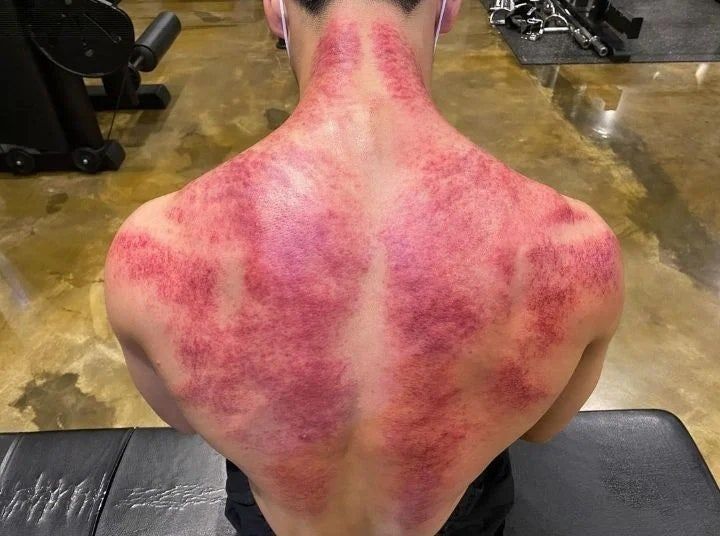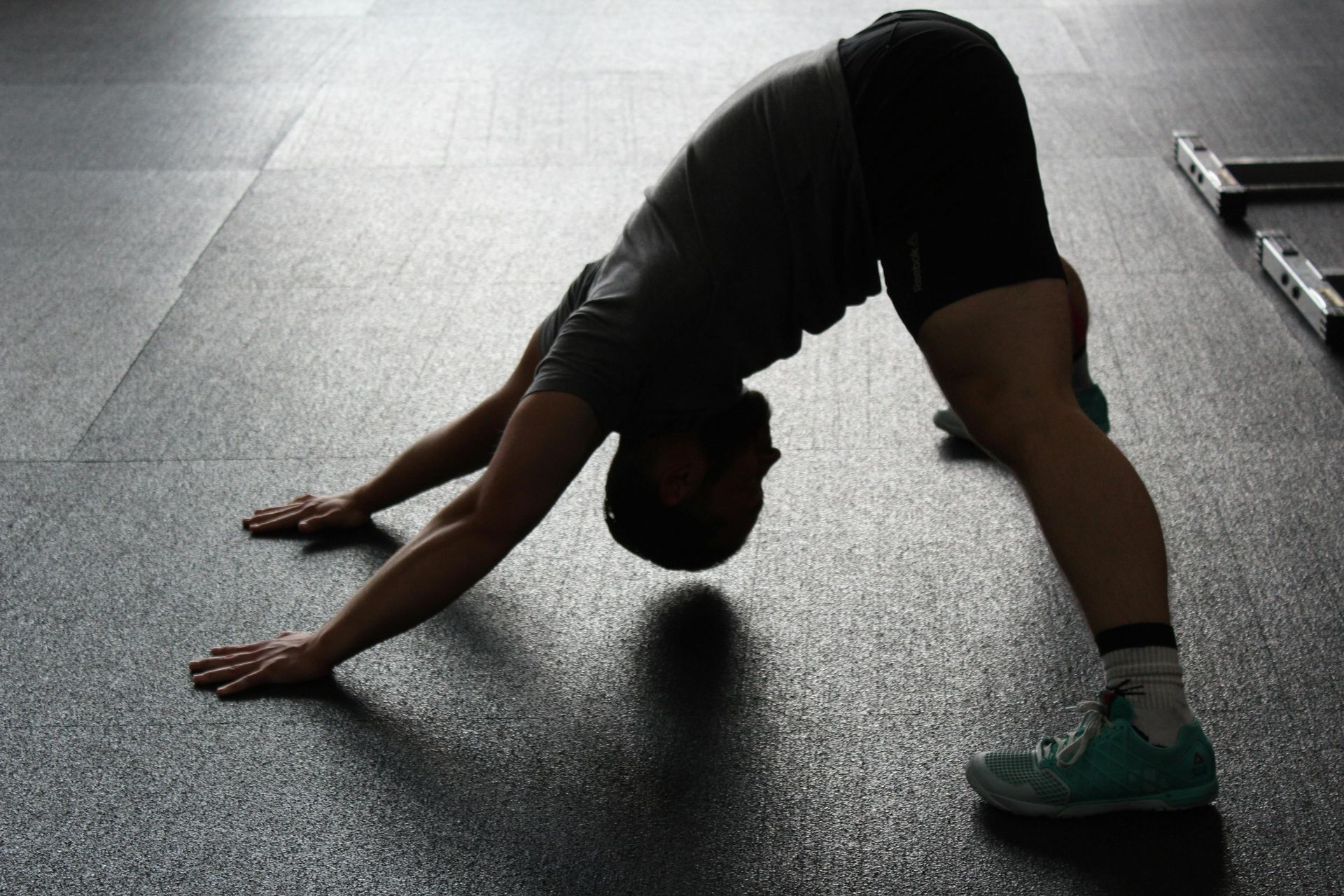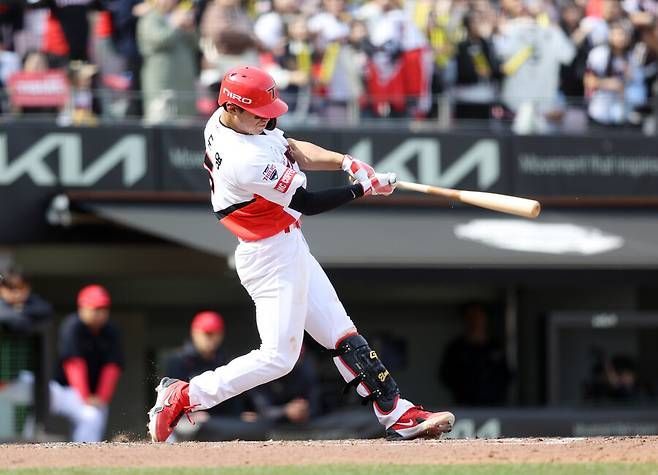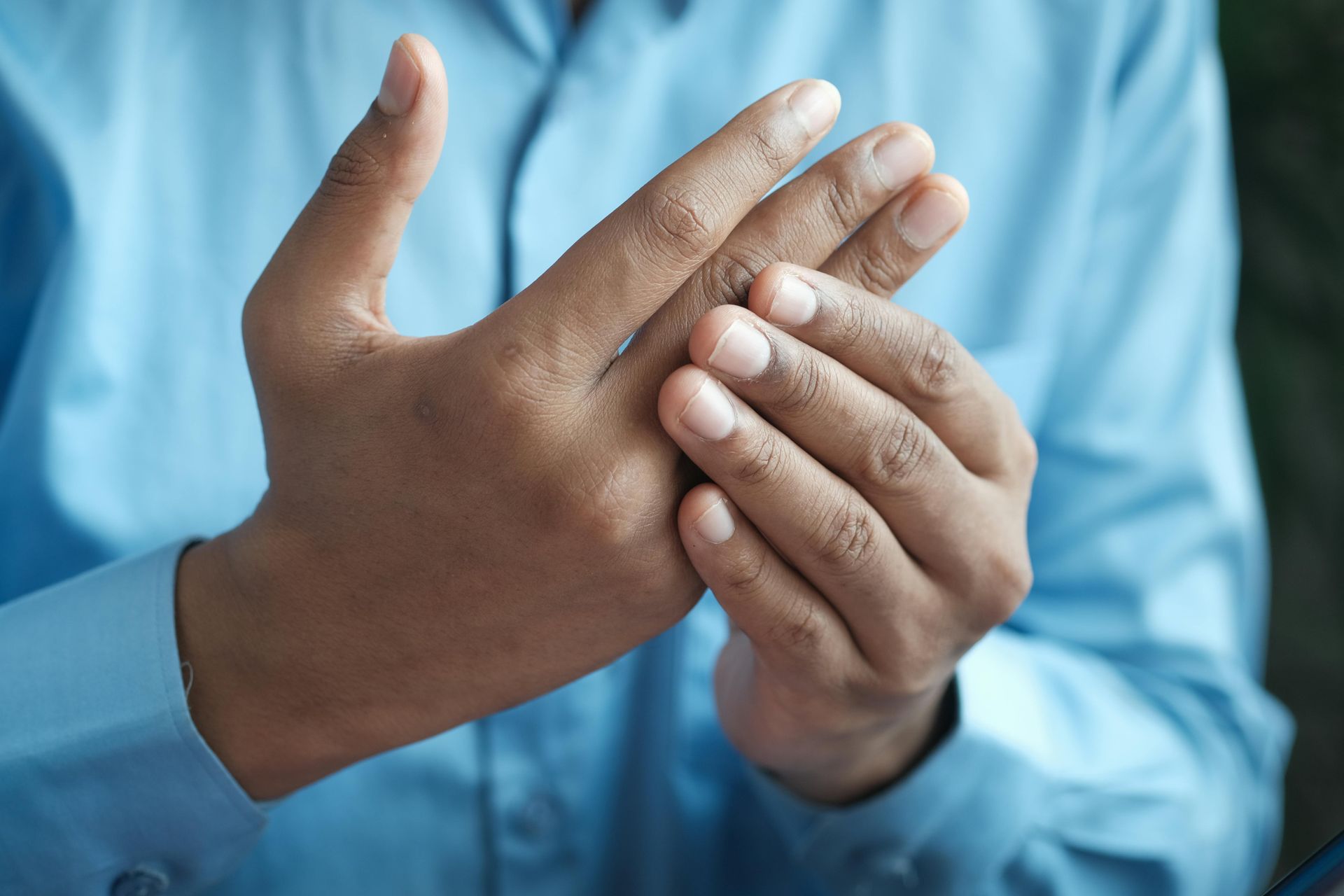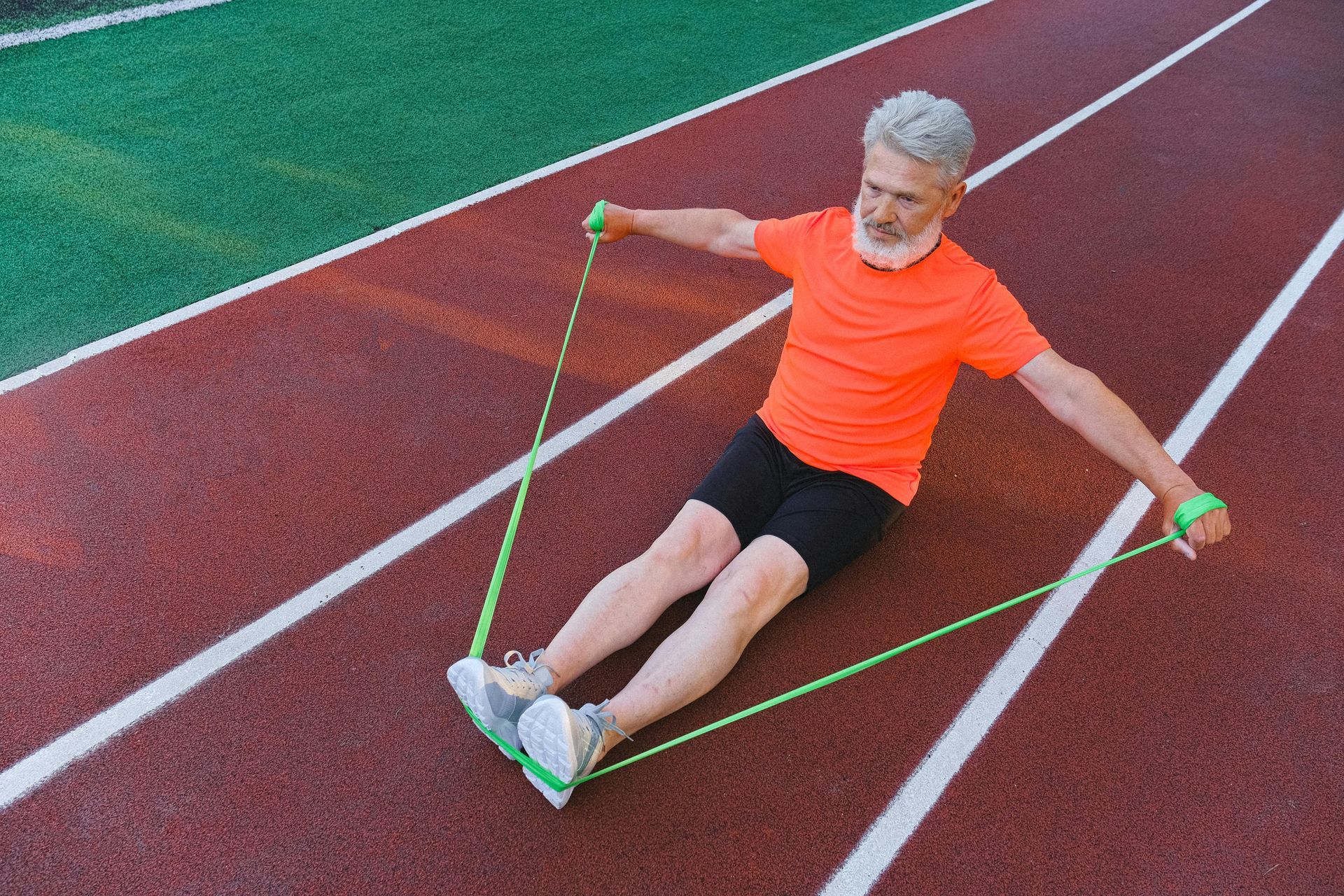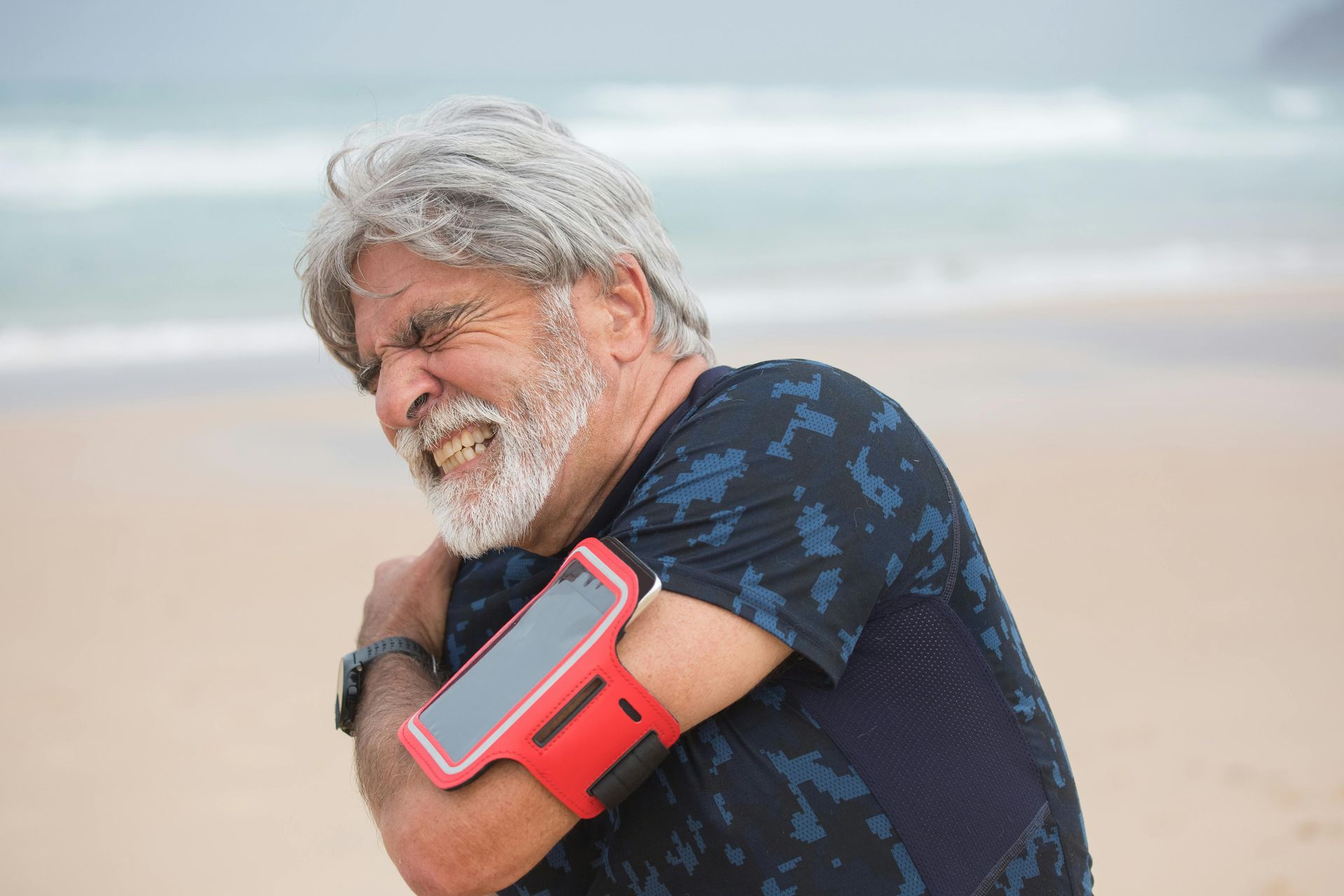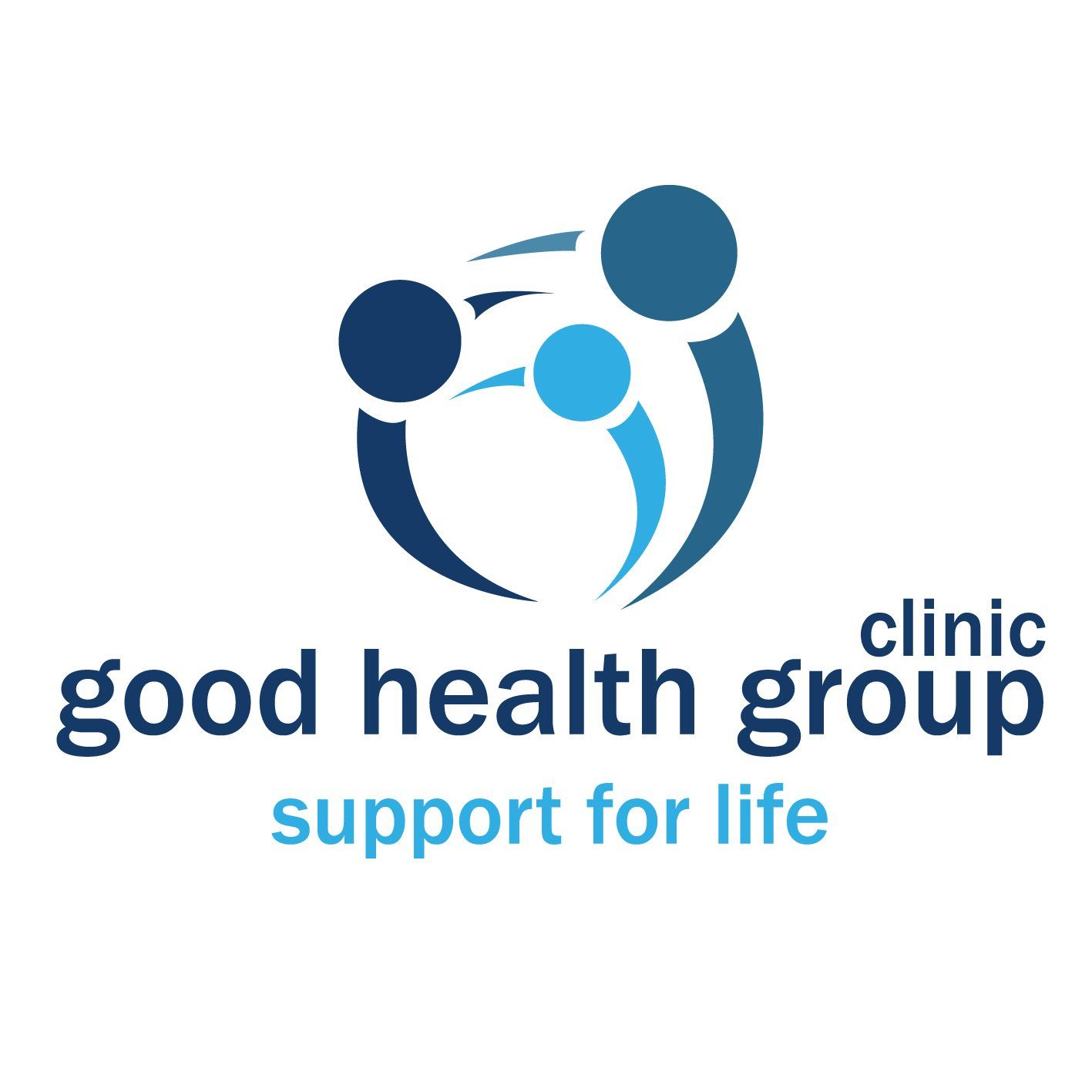Managing Tendinopathy: How Hands-On Treatments and Exercise Can Help

If you’re dealing with tendinopathy, you know how frustrating it can be. Tendinopathy causes pain and stiffness in the tendons, making it hard to move and do the things you love.
Understanding how to manage it effectively can make a significant difference in your recovery and long-term function.
What Is Tendinopathy?
Tendinopathy happens when a tendon becomes overworked or strained. This can lead to pain, swelling, and reduced movement. While resting might help for a short time, it doesn’t fix the problem. To recover fully, your tendons need the right combination of treatment and exercises.
Why Do Muscles Become Tight or Swollen with Tendinopathy?
Tight or swollen muscles often occur with tendinopathy as a protective response. When a tendon is overloaded or strained, the surrounding muscles can become overactive to compensate for the tendon’s reduced capacity. This overactivity leads to:
- Increased Muscle Tension: Muscles around the affected area may tighten to stabilise the joint and reduce strain on the tendon.
- Reduced Blood Flow: Tight muscles can restrict circulation, contributing to swelling and further discomfort.
- Compensatory Patterns: Other muscles may work harder to take pressure off the injured tendon, leading to tightness or soreness in these areas. This is why addressing both the tendon and the surrounding muscles is essential for effective treatment.
Evidence-Based Management Strategies
Dr. Peter Malliaras, a leading expert in tendinopathy research, highlights that successful treatment requires a combination of approaches:
- Exercise Is Essential: Tendons need progressive loading to rebuild their strength and resilience. Starting with isometric exercises to reduce pain, followed by eccentric and concentric exercises, is the gold standard for tendinopathy management.
- Load Modification: Adjusting activities to avoid overloading the tendon while still maintaining some movement is critical for recovery. Complete rest is generally not effective and can delay progress.
- Holistic Approach: Combining manual therapy, targeted exercises, and education provides the best outcomes.
Research by
Cook and Purdam (2009) supports the importance of progressive loading in tendon rehabilitation, emphasising that tendons require mechanical stress to adapt and heal. Additionally,
Silbernagel et al. (2007) demonstrated that tailored exercise programs combining concentric and eccentric loading improved outcomes for patients with Achilles tendinopathy.
How Hands-On Treatments Can Help
While exercise is central, hands-on treatments play a supportive role by addressing pain and improving mobility:
1. Remedial Massage
Remedial massage helps by relaxing tight muscles around the affected tendon. It can:
- Reduce muscle tension.
- Improve blood flow to support healing.
- Make movement easier and less painful.
2. Dry Needling
Dry needling targets tight spots in your muscles called “knots.” It helps by:
- Releasing muscle tension.
- Improving circulation.
- Reducing pain and discomfort.
3. Myotherapy
Myotherapy combines manual therapy with corrective exercise. It focuses on:
- Improving how your muscles and joints work together.
- Reducing stiffness and tightness.
- Teaching you exercises to maintain progress.
4. Chiropractic Care
Chiropractic care can:
- Improve joint mobility.
- Reduce pressure on the affected area.
- Support overall recovery by addressing compensations in movement.
Combining Hands-On Treatment with Corrective Exercise
A tailored corrective exercise program complements these treatments by strengthening the tendon and preventing future issues. Exercises are progressed gradually, starting with movements that don’t provoke pain and advancing to dynamic, functional activities.
What to Expect from Treatment
A typical approach to tendinopathy management involves:
- Pain Relief and Mobility: Hands-on treatments to address tension and improve range of motion.
- Gradual Loading: A structured exercise program designed to rebuild tendon strength.
- Education and Prevention: Guidance on maintaining activity levels and avoiding future problems.
Take Charge of Your Recovery
Tendinopathy requires patience and a well-rounded treatment plan. Recovery doesn’t happen overnight, but with the right approach, you can significantly improve your tendon health and quality of life.
Combining evidence-based exercise with supportive treatments like remedial massage, dry needling, myotherapy, and chiropractic care addresses both the symptoms and root causes of tendinopathy. Progressive loading exercises rebuild the strength and resilience of your tendons, while hands-on therapies relieve pain, improve mobility, and support your overall recovery.
It’s important to stay consistent with your treatment plan and to work closely with healthcare professionals who understand the complexities of tendinopathy. By taking an active role in your recovery, you’ll not only reduce pain but also prevent future issues, empowering you to return to the activities you love with confidence and strength.
At Good Health Group Clinic, we specialise in helping clients recover from tendinopathy with a combination of hands-on treatments and personalised exercise programs. Our team includes:
- Dr. Tanja Nishibata, Chiropractor
- Ian Selvarajoo, Myotherapist
- Sam Noh, Remedial and Dry Needling Therapist
With expertise in sports rehabilitation and pain management, we work together to provide the best care possible for your recovery.
Reach out to us if you’d like support in managing your tendinopathy.
Book your appointment today!
Click the button below to schedule your visit and take the first step toward a pain-free life.
References
- Cook, J. L., & Purdam, C. R. (2009). Is tendon pathology a continuum? A pathology model to explain the clinical presentation of load-induced tendinopathy. British Journal of Sports Medicine, 43(6), 409-416.
- Silbernagel, K. G., Thomeé, R., Eriksson, B. I., & Karlsson, J. (2007). Full symptomatic recovery does not ensure full recovery of muscle-tendon function in patients with Achilles tendinopathy. British Journal of Sports Medicine, 41(4), 276-280.
- Malliaras, P., Barton, C. J., Reeves, N. D., & Langberg, H. (2013). Achilles and patellar tendinopathy loading programmes: A systematic review comparing clinical outcomes and identifying potential mechanisms for effectiveness. Sports Medicine, 43(4), 267-286.
Blogs


